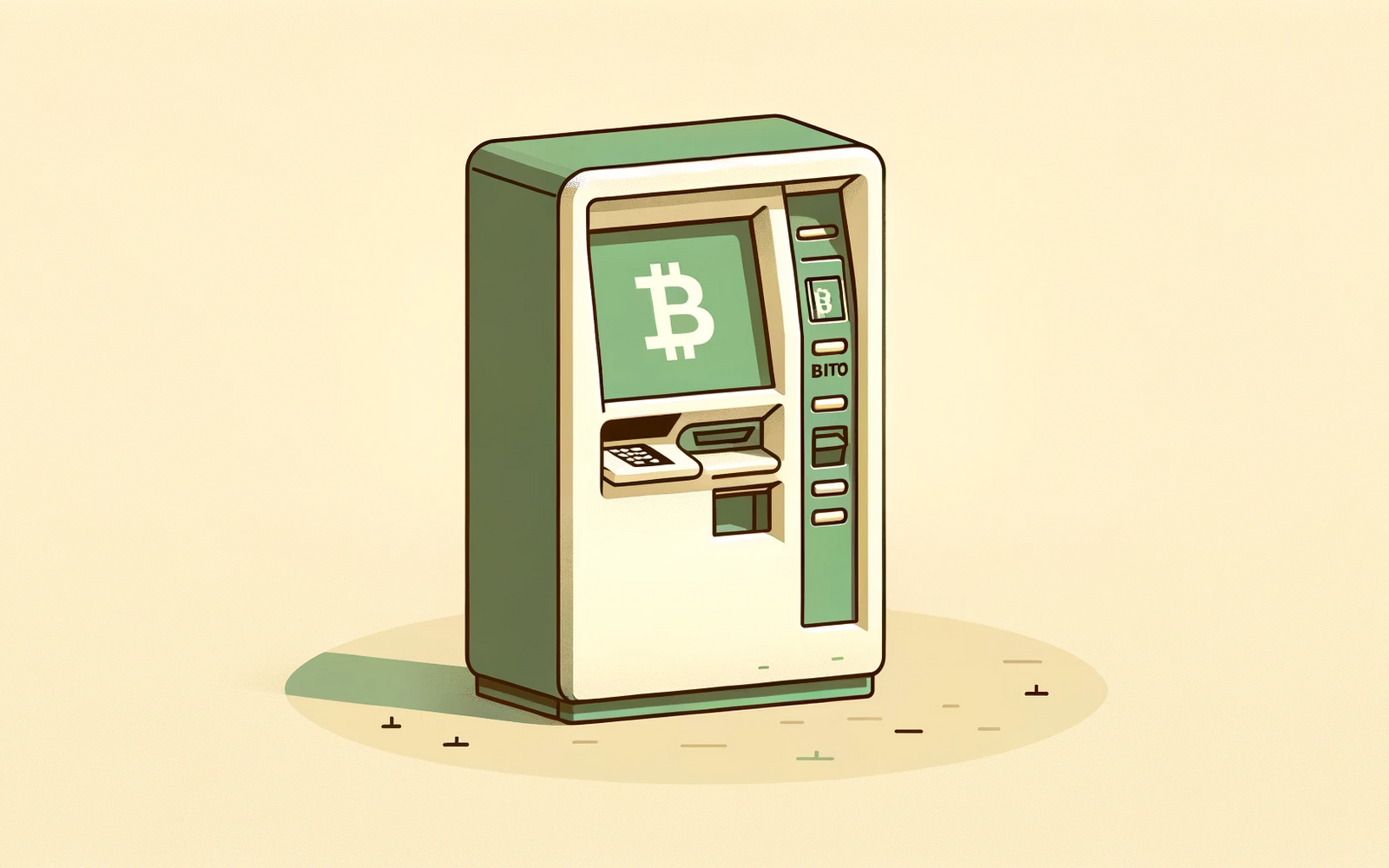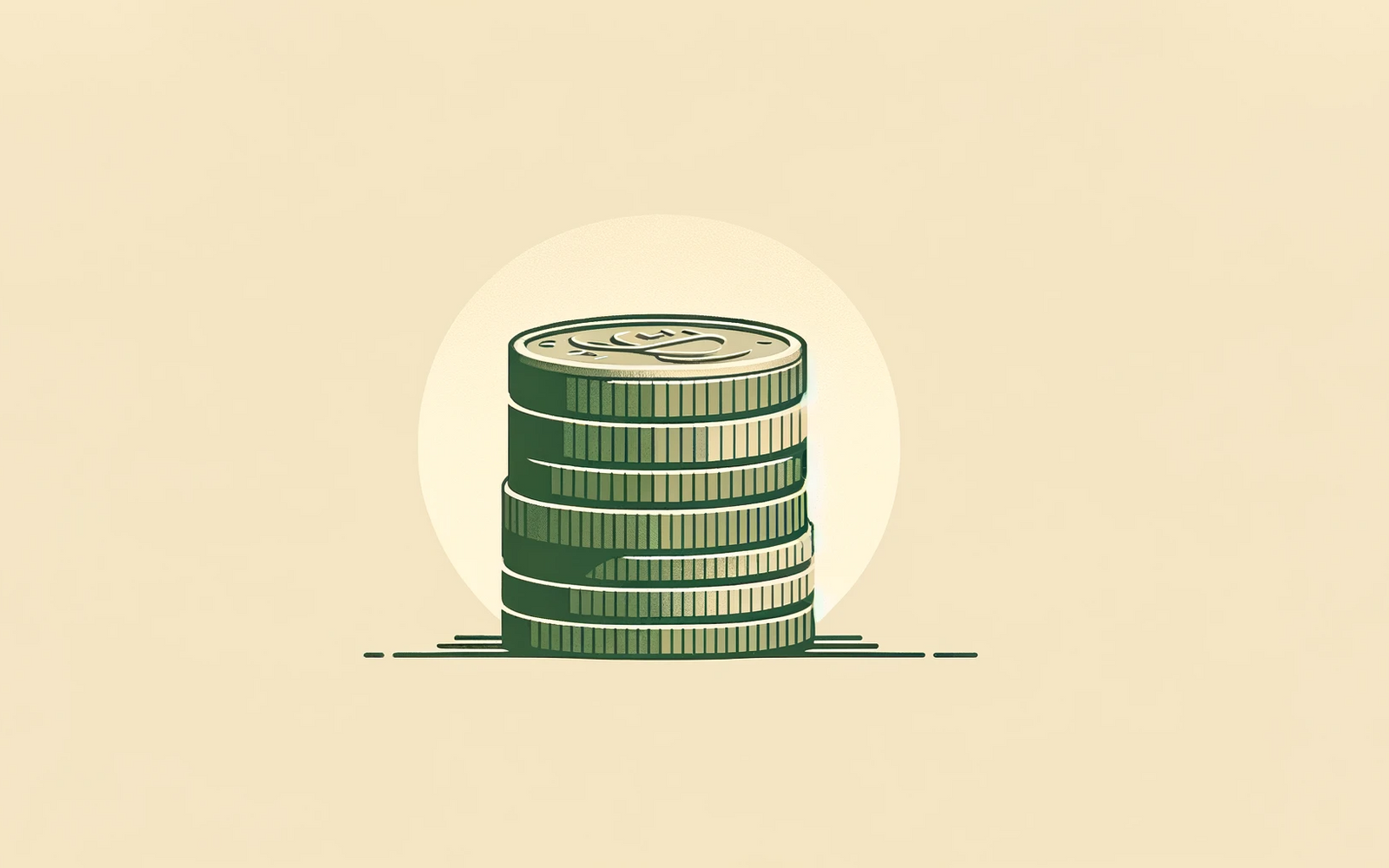
Bitcoin is the first cryptocurrency ever created, with its main feature being the underlying blockchain technology. Bitcoin is used both as a means of payment and a significant asset in investment portfolios of private and institutional investors. Notably, Bitcoin has been recognised as legal tender in El Salvador. This article explores the history, use cases, and basic principles of Bitcoin in a straightforward manner.
The Creation of Bitcoin
Bitcoin is the first and oldest cryptocurrency. Before Bitcoin, several digital currency concepts were proposed and some implemented, potentially inspiring its development. The 2008 banking crisis highlighted the vulnerabilities of reliance on large financial institutions. Bitcoin was designed as a decentralised currency without a central authority.
The first block of the Bitcoin blockchain, known as the Genesis block, includes a message: “The Times 03/Jan/2009 Chancellor on brink of second bailout for banks.” This message refers to the newspaper of The Times, shortly after the Lehman Brothers fell and the economic crisis started. The fact that this message was included in the first block suggests that Bitcoin was a counter-movement against the existing financial system. Bitcoin has remained the leading cryptocurrency since its launch.
Satoshi Nakamoto
The founder(s) of Bitcoin has remain unidentified since the inception of Bitcoin. This person or group of people went by the name Satoshi Nakamoto. Over the years, there has been speculation and even lawsuits regarding the identity of Satoshi. A name that is often speculated is Hal Finney, who was also the receiver of the first Bitcoin transaction. Unfortunately Hal Finney passed away in 2014. The addresses that were used by Satoshi are publicly known and verifiable. Therefor it is known that most of Satoshi's bitcoins have remained untouched, with a total balance of over 1 million bitcoins.
What is a Blockchain?
Blockchain is a distributed ledger technology (DLT). For those familiar with accounting, ledger is not a new term. A general ledger account is, simply put, a collection of all income and expenses.
In the past, transactions and mutations were kept in writing: in paper ledgers that could only be accessed and checked by certain people. With blockchain it is ensured that all information in the ledger can be viewed by anyone, at any time. The network of computers ensure that the ledgers are always accessible.
Bitcoin blockchain
The data of the Bitcoin ledger is divided into blocks (of 2 Megabytes), which can store up to 4.000 transactions. These blocks are chained in a sequential order, hence the name blockchain. Information in the previous block is required to create the next block.
If someone wants to do a Bitcoin transaction, it has to be written in the ledger. In order to get this done, the network of computers have you be informed that the transfer wants to be executed. The network of computers are together responsible to add your transaction into the backlog of the ledger.
In order to create the next block, a Bitcoin miner needs to resolve a complex mathematical puzzle. A Bitcoin miner is just a computer that is designed to be very fast at solving mathematical equations. Once a Bitcoin miner has found the right answer, it can use this to create the next block. All miners will check and confirm that the miner who proposed the new block is correct. Once approved, all miners continue to mine the next block. With this method, independent computers all work together to maintain a ledger of transactions.
Satoshi Nakamoto came up with a system design that would ensure that the average time it takes to create a new block would be 10 minutes. However, it is important to keep in mind that there is many Bitcoin miners around the world attempting to create the next block. In order to allow for fair participation of all miners, the principle of mining pools was introduced. A group of miners basically increase their odds of finding the next block, but they equally divide the block subsidy within the group
How Many Bitcoins Exist?
Satoshi Nakamoto implemented a fixed supply of 21 million bitcoins, of which the last bitcoins will be mined around 2140. New Bitcoins are created through mining, as bitcoin miners are rewarded for solving the complex puzzle. This reward is called the block subsidy, which is halved every 210.000 blocks. Initially, the block subsidy was 50 BTC per block, but it decreases over time through the halvings. Therefor the inflation of Bitcoin is very predictable: it has been defined in the code of the Bitcoin software.
In order to ensure divisibility, the smallest denomination of a bitcoin has been named satoshi, or sat. This is 1 out of 100 million, or 0,00000001 bitcoin. Therefore there is no need to buy a whole bitcoin, it is also possible to buy a fraction.
What is the Use Case for Bitcoin?
Bitcoin, as defined in its whitepaper, is a peer-to-peer electronic cash system. Since the introduction of the computer and digital transactions, it has not been possible to transfer bearer assets digitally. Bitcoin is the first ever asset that allows for digital transfers of goods. Some people call Bitcoin a “global settlement system”, as it is possible to transfer Bitcoin from A to B. Comparing this to our current systems, financial institutions never actually transfer assets. Instead, the ledger held at every institution is updated with outstanding credit and debt.
In a more day-to-day basis, Bitcoin can operate as a form of digital cash. Since the adoption is still low, and transactions are considered expensive, many people refer to Bitcoin as a “digital gold” asset. Many of the properties of Bitcoin are similar to gold, such as the divisibility, scarcity, durability and uniformity.
Common blockchain definitions
- Structure: Transactions are recorded in blocks linked cryptographically to form a chain.
- Mining: Miners solve cryptographic puzzles to add new blocks.
- Block Subsidy: Miners receive a reward, which decreases over time due to halving events.
- Immutability: Once validated, altering data in blocks is extremely difficult and requires consensus from the majority of the network.
- Distributed Network: Nodes across a global network confirm transactions and validate history.
How Do I Buy Bitcoin?
This can be done through brokers or cryptocurrency exchanges, where you can pay with local currency or swap other cryptocurrencies. Your Bitcoin will be stored in a wallet, either at the exchange or with an external wallet.
Some of the solutions include:
- Crypto Asset Management: Using a crypto asset management service to outsource investment decisions.
- Crypto Companies: Investing in companies involved in the cryptocurrency industry.
- Bitcoin ETF: Bitcoin ETFs allow investors to gain exposure to Bitcoin without directly buying and holding it. However, these are not available in all countries due to regulatory restrictions.
- Investing in Technology: You can invest in companies developing blockchain technology.
Is Bitcoin a Revolution?
When considering the technology behind Bitcoin, it represents a revolutionary advancement. Bitcoin has gained traction as a means of payment, though widespread adoption as legal tender worldwide is still in progress. As an investment, Bitcoin has become a strategic addition to many portfolios. Institutional adoption is expected to grow with clear regulatory frameworks and enhanced consumer protections.
The information provided in our articles is intended solely for general informational purposes and does not constitute (financial) advice.
Subscribe to our newsletter
Everything you need to know about Bitcoin, straight to your inbox. Subscribe now for the latest from Blockrise.


